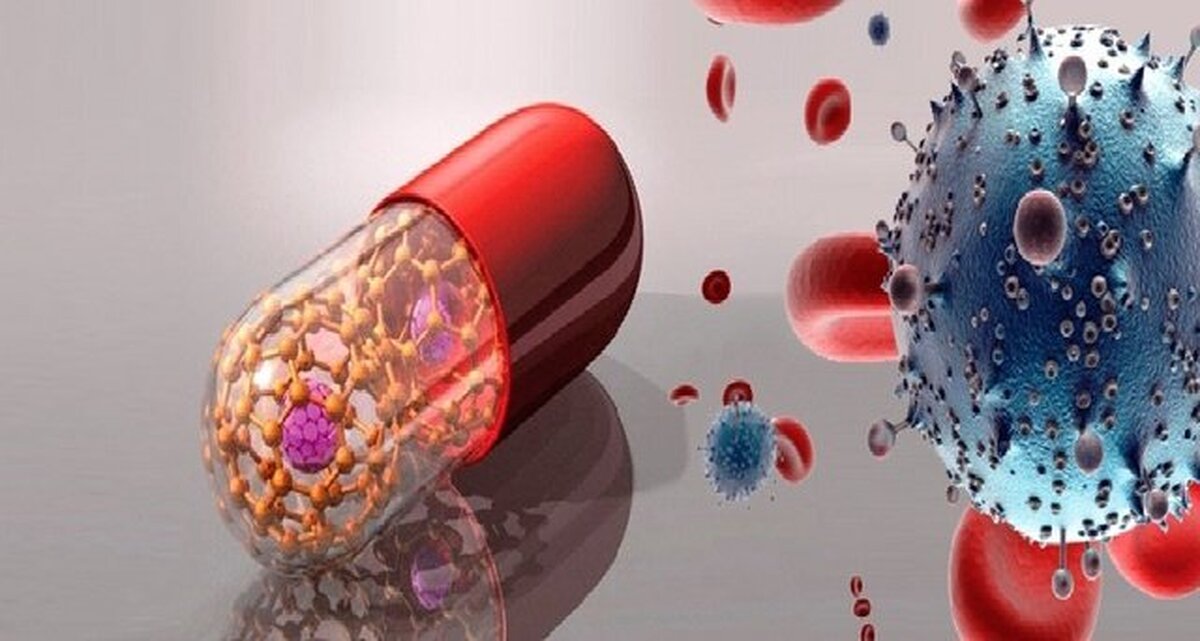Reducing Side Effects of Chemotherapy Drugs with Quantum Dots (Qds)

“The most common and effective method of treating cancer is chemotherapy, in which cancer cells are killed using chemical drugs,” said Nafiseh Farhadian, the executive director of the project.
According to a report by the public relations department of Iran National Science Foundation (INSF), she described the lack of selectivity of drugs against cancer cells and its side effects on healthy cells and other body tissues as challenges created by chemotherapy.
“Accordingly, we conducted a research project under the title of ‘simultaneous design and synthesis of carbon nano-system based on carbon quantum dot and magnetic nanoparticles along with modification of surface structure in order to affect cancer cell line’ at the University of Tehran,” she added.
“One of these new methods is the use of nanoparticles as a drug carrier in a drug delivery system that increases the therapeutic efficiency of the drug. Among these new nanoparticles, we can mention carbon-based quantum materials, or carbon quantum dots, which have been used in the drug delivery system for cancer treatment,” Farhadian explained.
Carbon dots are generally quasi-spherical nanoparticles comprising amorphous to nanocrystalline.
“In recent years, the use of quantum materials with photoluminescence properties in imaging and chemotherapy is increasing in importance. A lot of research is being done on this regard in the developed countries, as a result of which some successes have been obtained. Therefore, localization of knowhow in this field is necessary and important,” the researcher added.
“She further stated that the design and synthesis of a carbon nanostructure system with high photoluminescence and photothermal properties can significantly reduce the side effects of anticancer drugs and increase the effectiveness of the drug, which was one of the most important goals of our research,” she further said.
“With the help of this research, it is possible to localize the knowledge related to the production of carbon quantum dots and the effective factors in increasing their quantum and photothermal efficiency. Finally, this research led to the production of a nanocarrier containing the anticancer drug doxorubicin, which uses two mechanisms of targeted drug delivery and photothermal therapy to destroy the cancerous tumor at the same time. This nanocarrier can also be used for other chemotherapy drugs. Moreover, the knowhow obtained in this research can be used to produce products with high quantum efficiency for use in imaging,” Farhadian concluded.
4155/i





















